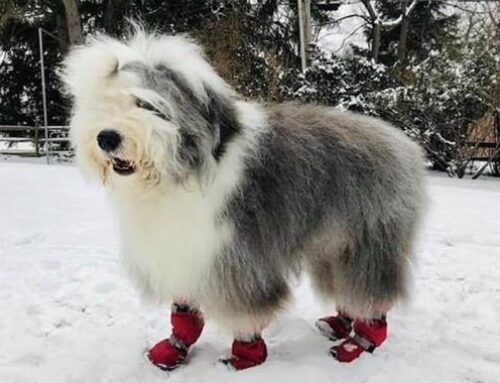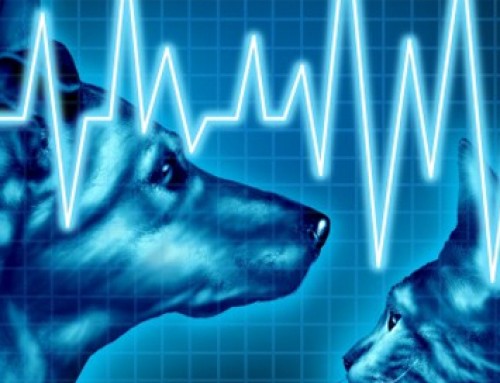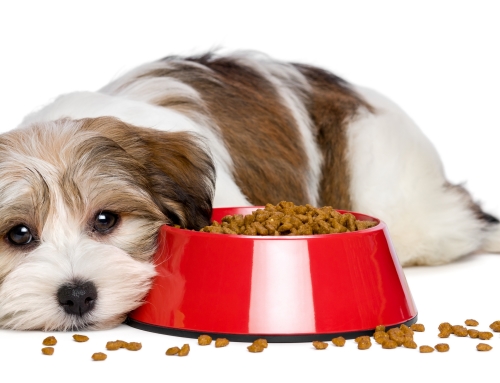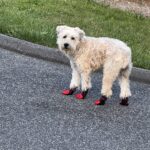It’s hard to get excited about brushing your dog’s teeth. After all, they have some formidably sharp teeth, and most dogs are highly skilled at tightening their lips and clamping their jaws shut right when you want them to be smiling and open-mouthed. It is worth the effort, though, to take the time 

Since periodontal disease is entirely preventable through regular dental care, it makes sense to train your dog to tolerate having her teeth brushed, just as you train yourself and your children to brush and floss every day. With dogs, however, you can use a combination of brushing and other means to keep plaque from building up.
The Veterinary Oral Health Council has a website (www.VOHC.org) with a list of products that they have given their seal of approval to as effective in maintaining clean, healthy teeth in dogs and cats. From specially formulated diets to chew toys to drops for adding to your pet’s water, you should be able to find something that both of you will find acceptable.
Be aware that if your dog continues to resist frequent brushing, she may have painful areas and need to have them addressed by the vet before you continue your routine. Although all veterinarians can perform basic tooth scaling, the AVDC has on their website a locator function you can use to find a veterinary dental specialist in your area.
When you begin looking for dental care products for your dog, make sure to get pet-specific toothpaste. Human toothpastes can be abrasive and contain chemicals that should not be used for dogs. A bit of the toothpaste, especially if it’s liver-flavored, applied to a wet washcloth and rubbed gently over the teeth may be a way to introduce a reluctant dog to the idea of dental care. A child’s toothbrush can work, as long as it has a flat head and rounded bristles that won’t scratch the gum tissue. There are also finger brushes, which some dogs seem to prefer.
Other options include rinses that you can spray or wipe inside your dog’s mouth, but they may have a bitter taste. Some dog foods include a chemical anti-tartar ingredient, or are designed with a specific shape to prevent tartar build-up. Chew toys can be effective if they’re used regularly and if they aren’t too hard. Dried natural bones and hard nylon chews aren’t recommended because they can cause broken teeth or gum damage.
Still, if you do some research, you have a number of choices to help your dog maintain healthy teeth and gums until you can both develop the daily habit of brushing. At least you can take comfort that there’s no flossing involved.



















Leave A Comment